Julia Morison
Myriorama #6 Wayzgoose and Ringing the Changes
2 - 27 February 2010
Two Rooms presents version #6 of Julia Morison’s continually changing exhibition series Myriorama. A ‘myriorama’ is a Victorian parlour card game of specially printed small landscapes that can be horizontally repositioned to create a variety of imaginary panoramic vistas. Morison has devised her own version, inventing an ever-increasing vocabulary of curves, shapes, parallel and converging lines and frayed endings. These are repeated, flipped or inverted and hung in different combinations.
Myriorama #6 Wayzgoose is a regeneration of the Adam Gallery installation (September 2009), which was inspired by a recent residency at Muka lithographic Studios in Auckland. The panels are aluminium laminate, with computer-generated drawings, laser printed over gesso washed with Indian ink. The printing process allows the lines to be finer and the patterns more optically complex than the first Myriorama which Morison handcrafted using stencils to produce thicker parallel black lines.
“Myriorama draws together several key aspects of Julia Morison’s practice, notably a graphic sensibility, densely layered surfaces, and the
employment of a dynamic system in which the artwork as a discrete entity is cast aside in favour of a site responsive reconfiguration.
This series of works also continues to build on Morison’s artistic vocabulary, which enfolds references to Hermeticism, the Kabbalah, alchemy, and memory systems. She reinterprets these sources to see how these structures and systems, though simulated, can affect the way we see and understand the world.” Adam Art Gallery
Ringing the Changes, shown in the gallery upstairs is a suite of 60 Intaglio monoprints. Each print exploits the same six plates in all possible configurations. The sequence adheres to the bell ringing changes of Plain Bob Minor; the art of ringing a set of tunedbells in a series of mathematical patterns called “changes”. It differs from many other forms of campanology in that no attempt is made to produce a conventional melody.
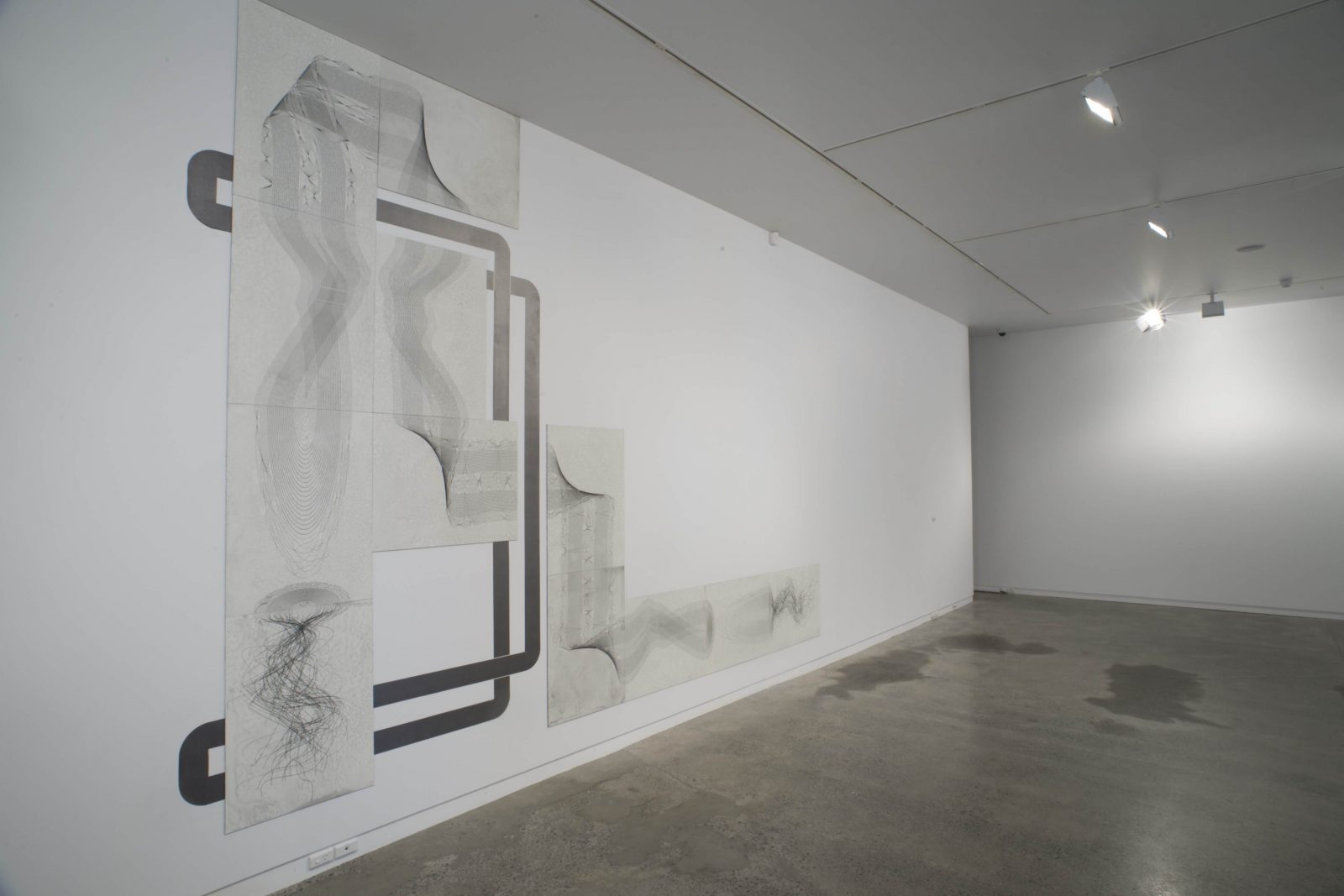
Laser jet print, Indian ink wash, gesso, aluminium/polyurethane laminate
each panel 600 x 800mm
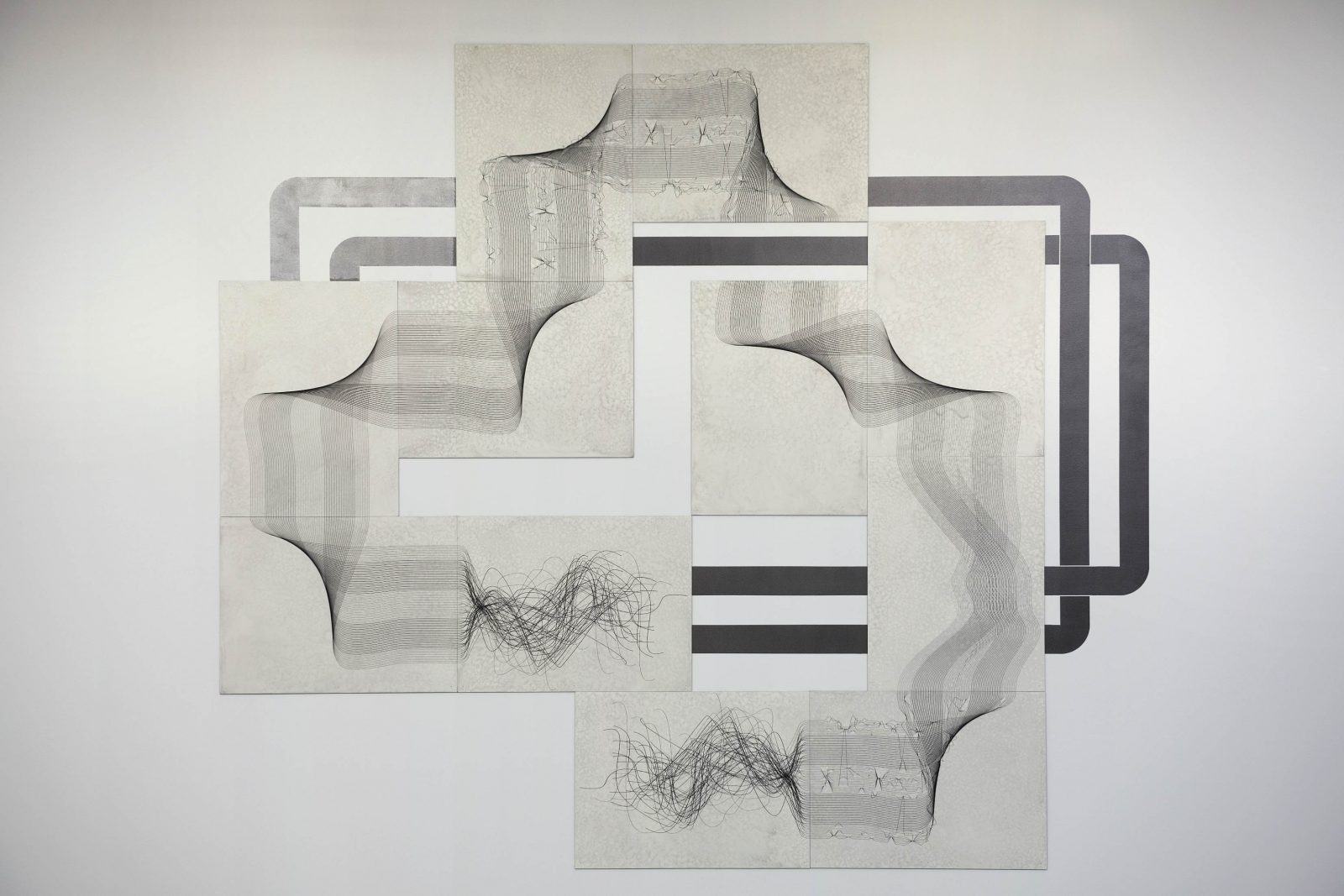
each panel:
Laser jet print, Indian ink wash, gesso, aluminium/polyurethane laminate
600 x 800mm
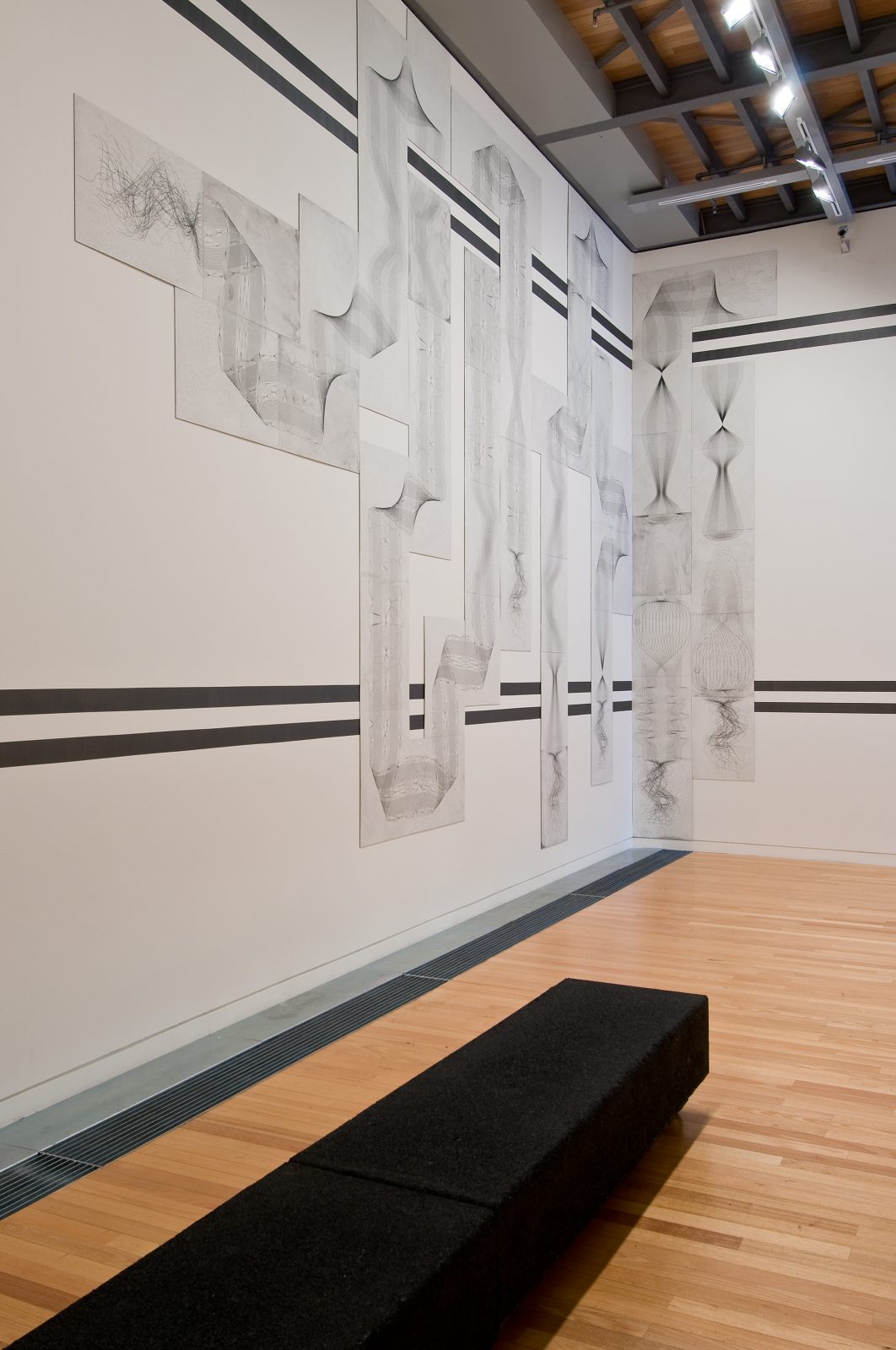
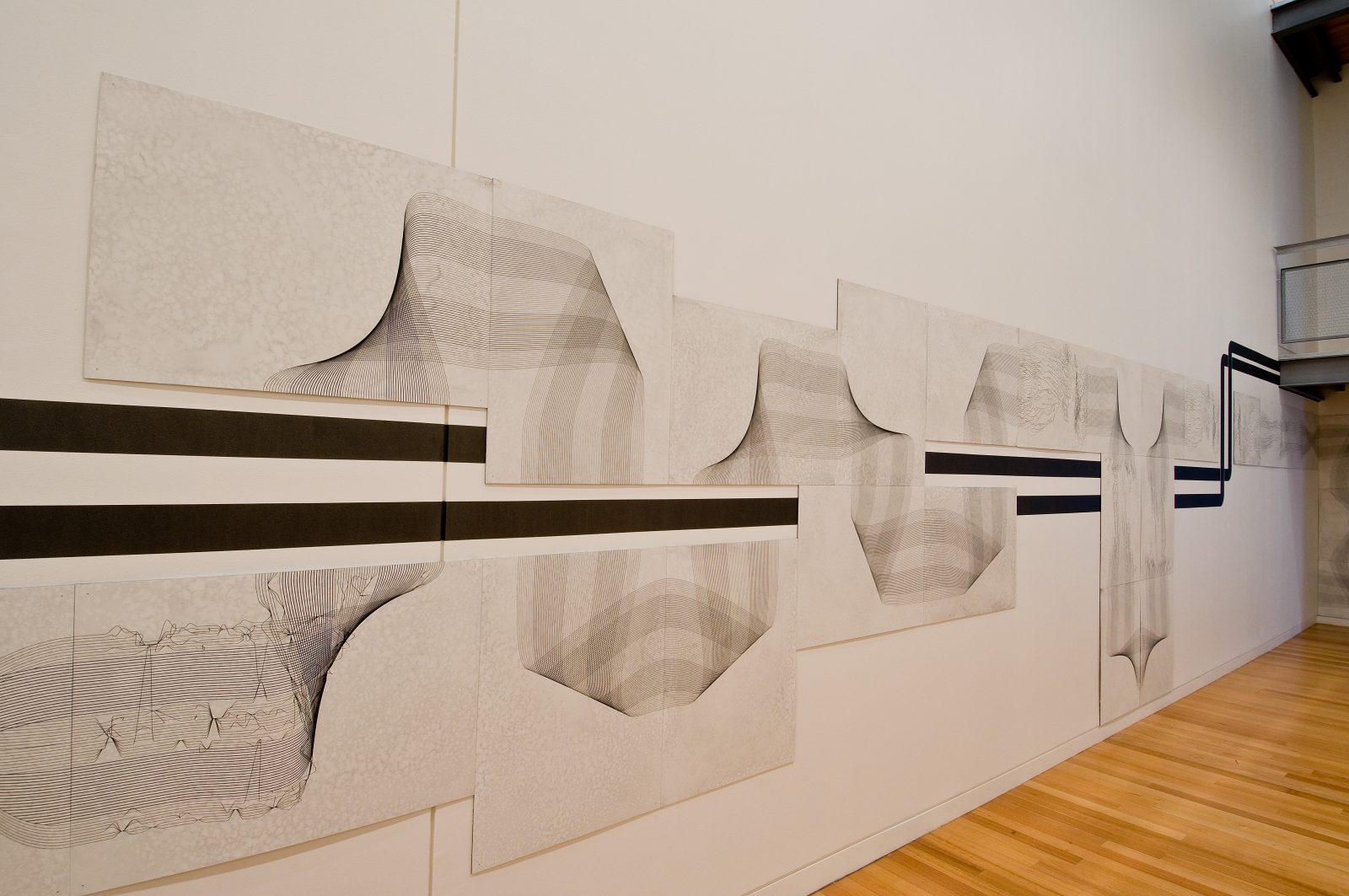
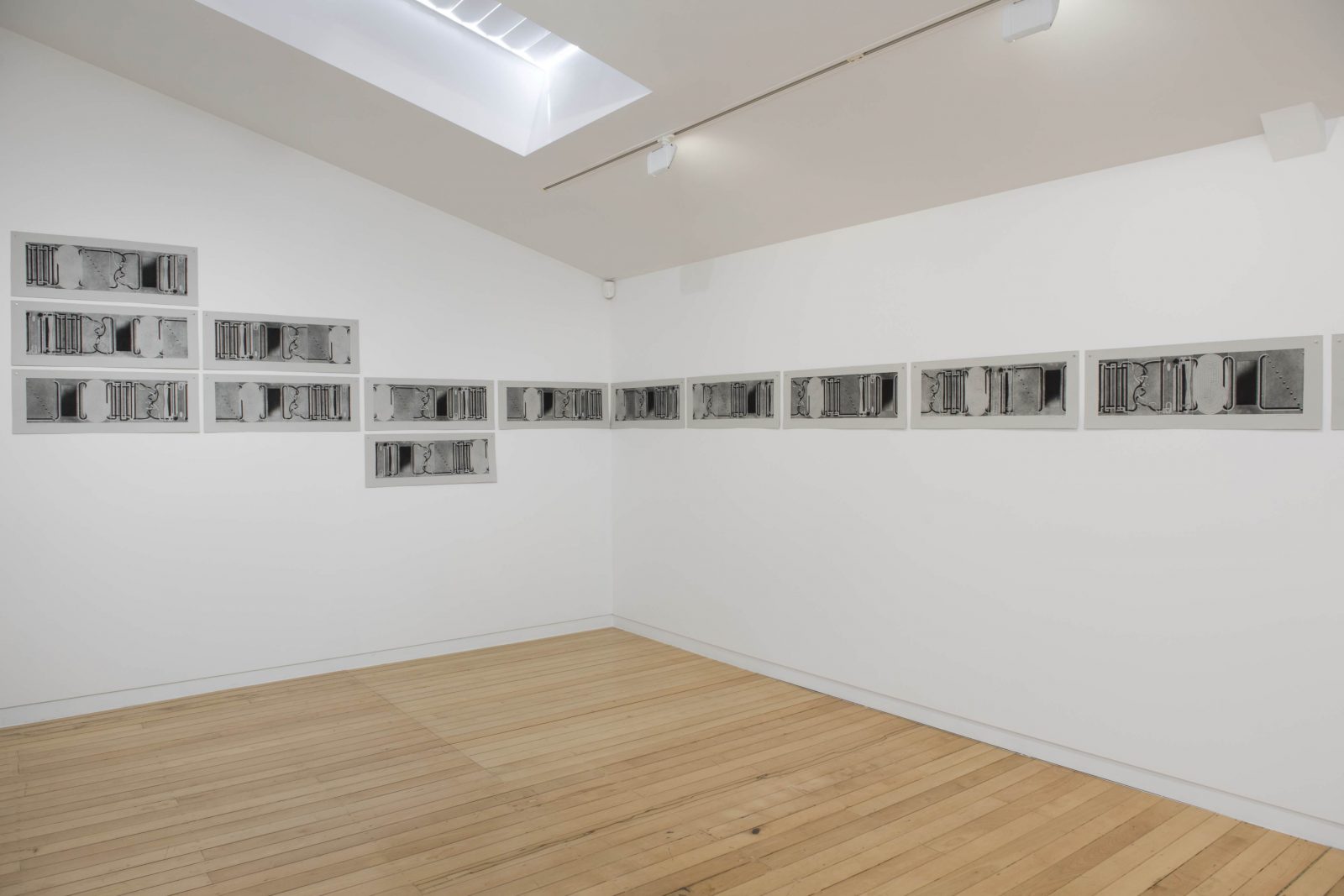
Ringing the Changes 1-60 Intaglio monoprints (6 plates)
280 x 760 mm
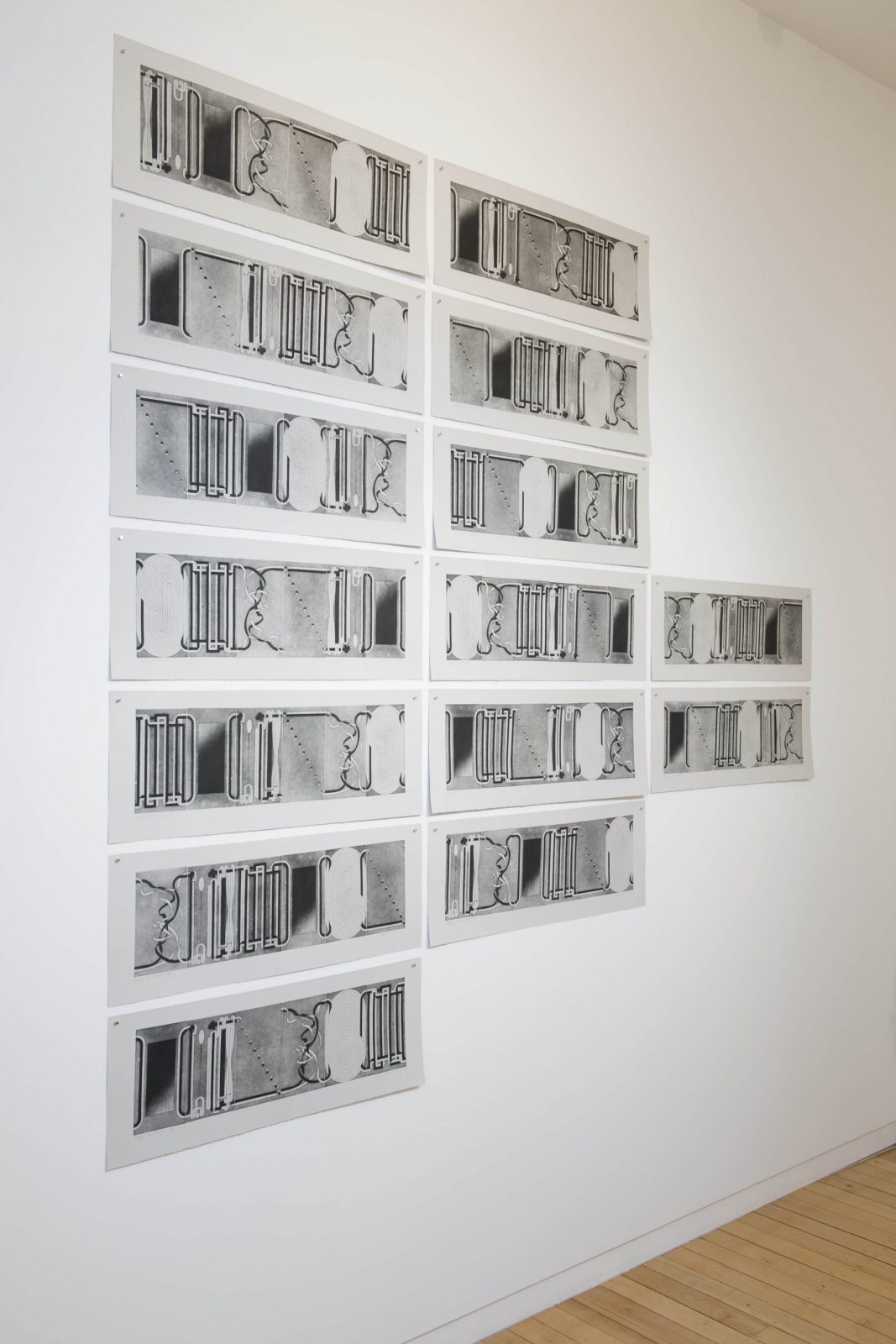
Intaglio monoprints (6 plates)
280 x 760 mm
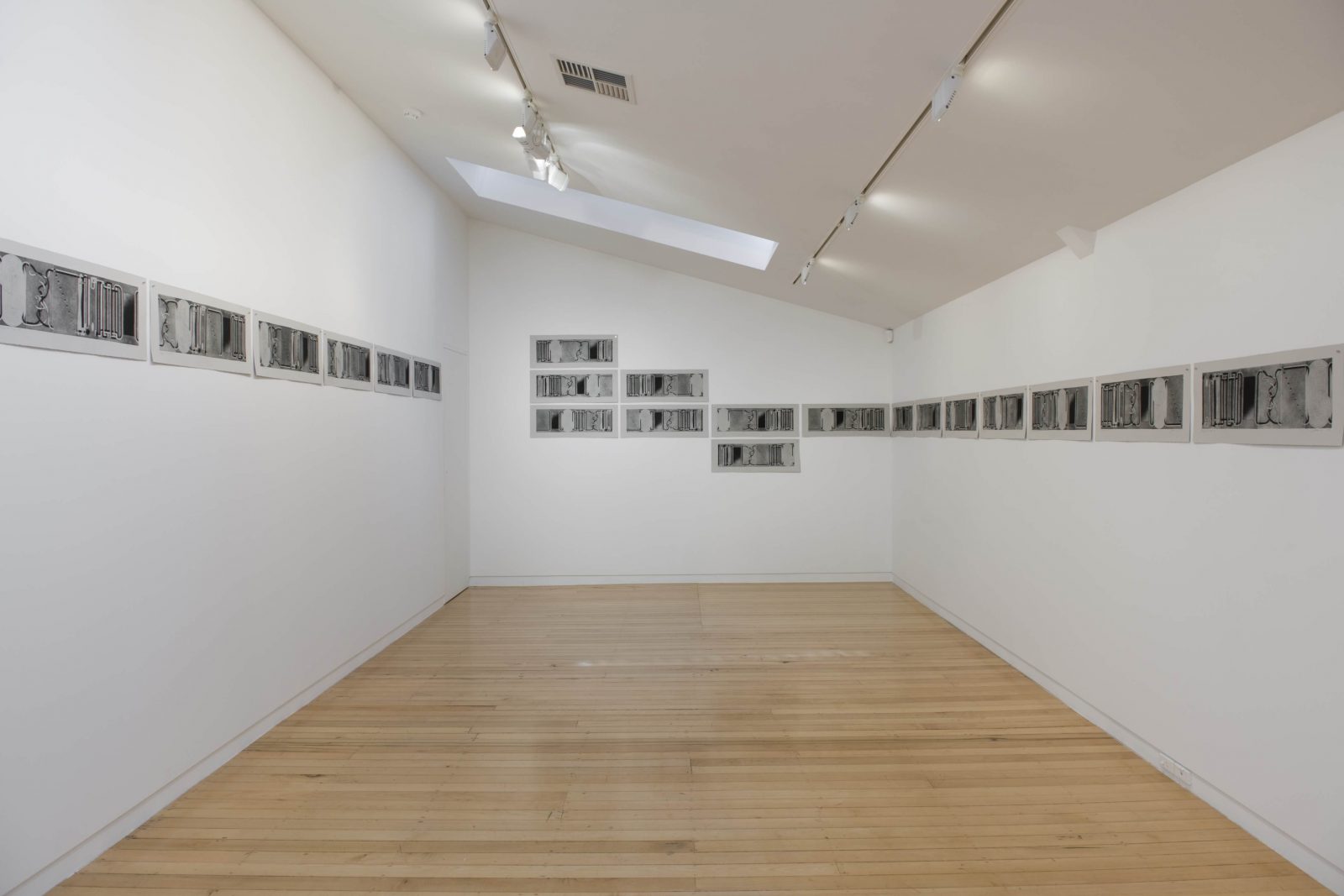
Intaglio monoprints (6 plates)
280 x 760 mm
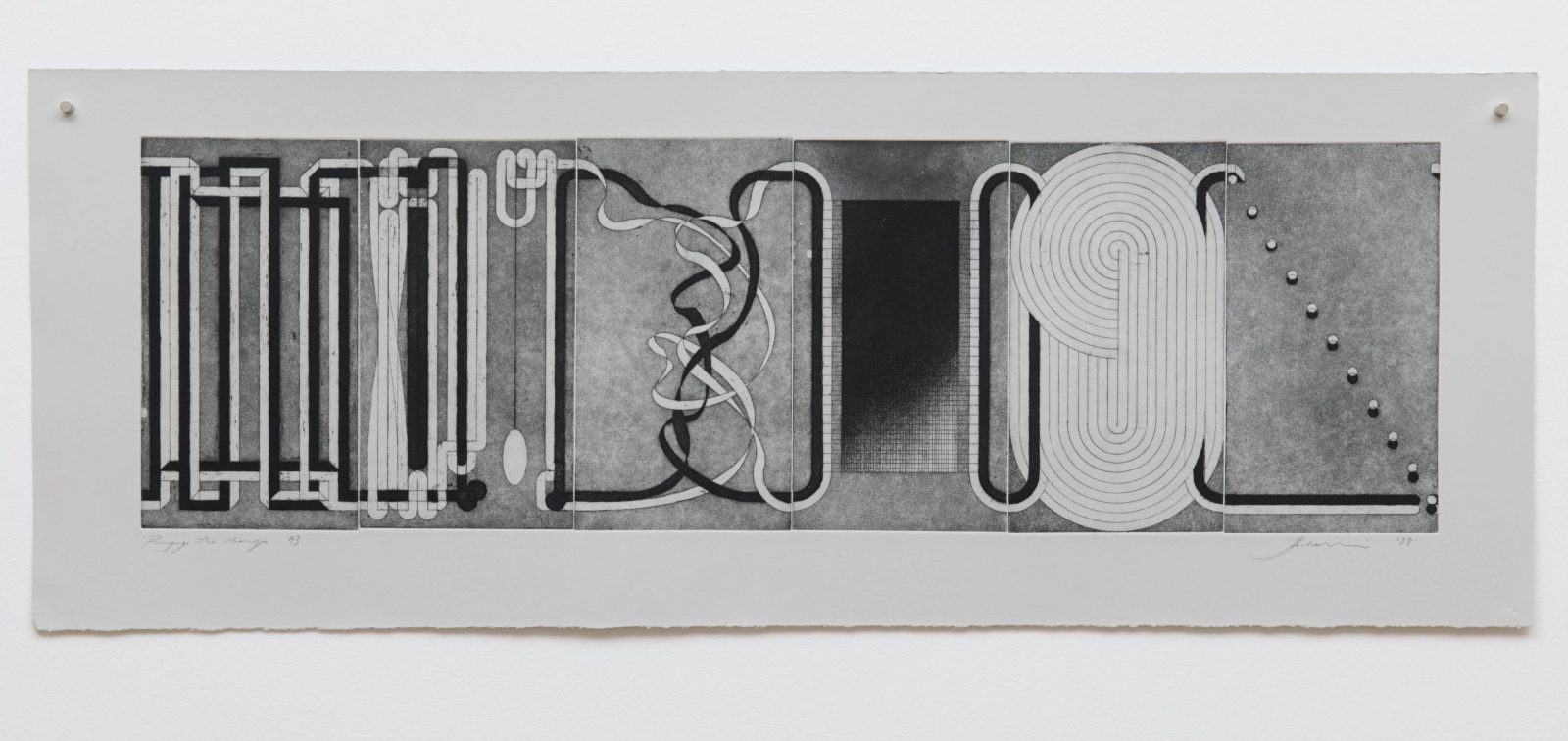
Intaglio monoprints (6 plates)
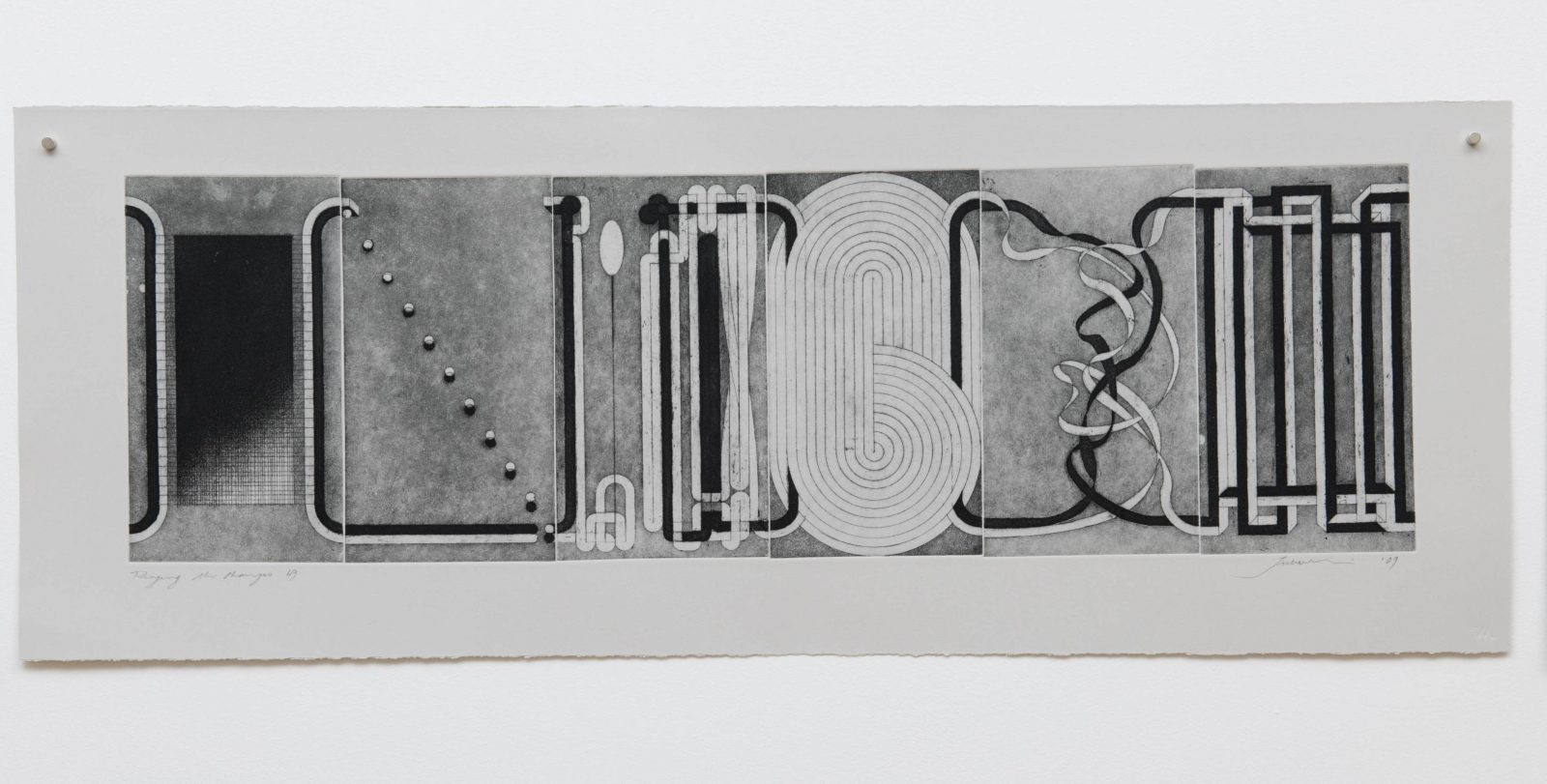
Intaglio monoprints (6 plates)